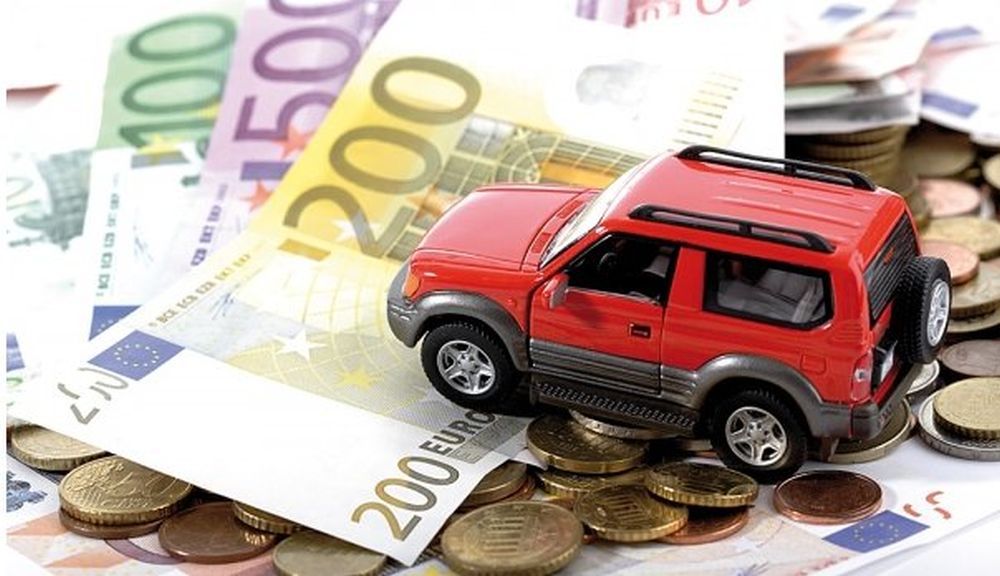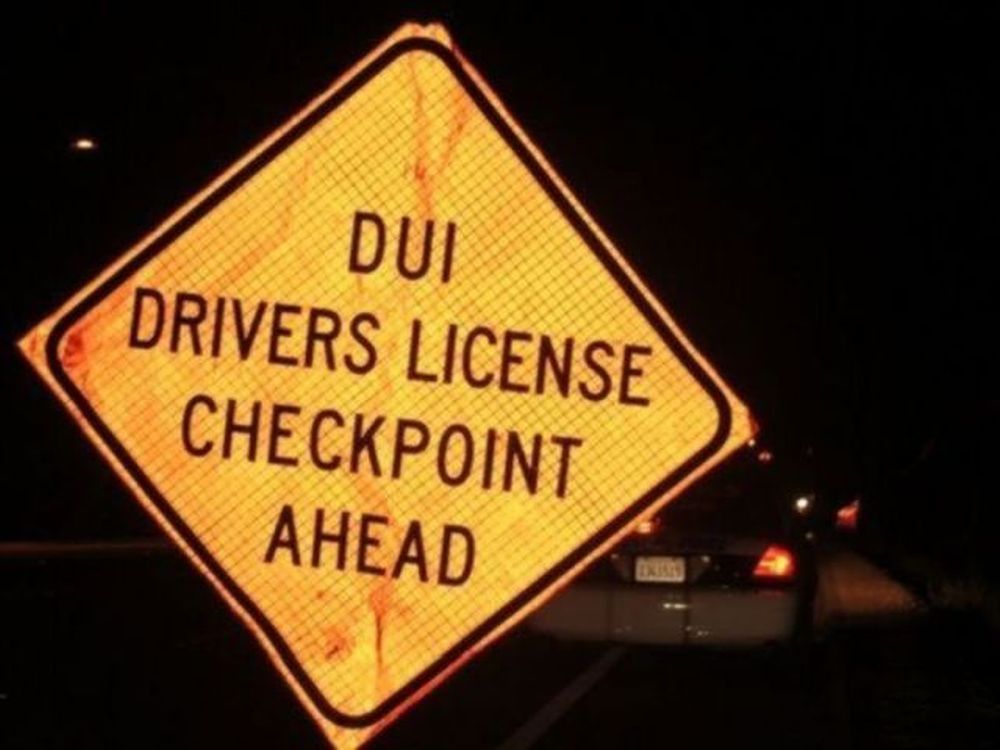The Basics of Non Owner Car Insurance: Exploring Your Options
One of the most important decisions that you have to make when purchasing a car is non owner car insurance. Many people are unaware that it exists or that it is even an option, but understanding the basics of non owner car insurance is key to making sure that you have the right coverage for your vehicle. This article will explore the different types of non owner car insurance available and help you decide which one is best for your needs.
Insuring a vehicle when you do not own it can be a complex undertaking. In most states, both owner and non-owner car insurance is required for any vehicle that is driven. Non owner car insurance provides financial protection if you are sued or involved in an accident that is your fault. This coverage also covers you if you rent or borrow a car or use publicly-owned buses or trains. This type of insurance is a great option for those who do not own a car, or who do not plan on owning one in the future.
When it comes to non owner car insurance, there are a few different types to consider. Liability coverage is the most common type of insurance for non owners. It covers you for bodily injury and property damage should the accident be your fault. Uninsured/underinsured motorist coverage is also available and will cover you if you are involved in an accident with someone who does not carry adequate insurance. Comprehensive and collision coverage can also be purchased to cover any damage done to the car itself, whether it is a rental or someone else’s car.
Choosing the right type of coverage is essential when considering non owner car insurance. Before making any decisions, it is important to read all the policy details and know what exactly is covered. Also check with any online insurance providers to make sure you are getting the best rate.
When selecting non owner car insurance, it is also a good idea to look into other types of insurance that could be combined with the policy. For example, non owners who are also home-owners may be able to check into home-owner’s insurance discounts. This could not only save money, but also provide additional coverage and protection.
Once you have selected your insurance policy, make sure to read over it carefully and make sure you understand all of its requirements. Then sit back and enjoy the peace of mind that comes with having the right non owner car insurance coverage.
Additional Topics
1. Understanding Non Owner Car Insurance: The Different Types
When it comes to non owner car insurance, there are a few different options one can consider. Liability coverage is the most common type of insurance available, and covers an individual who is responsible for an accident that causes physical and/or property damages. This type of insurance also covers any financial losses that are incurred from an at-fault accident. Comprehensive and collision coverage is another option, and this covers any property damages or injuries caused by an accident that was not the fault of the individual. Uninsured/underinsured coverage is an additional type of non owner car insurance that covers collision costs if the other driver doesnt have coverage. Its important to read through the policy carefully to understand what is and isnt covered.
2. Finding the Right Non Owner Car Insurance Provider
Finding the right car insurance provider for your non owner car insurance policy can be tricky, but there are several steps one can take to ensure they find the best possible fit. Consider researching online providers as they often have a much larger variety of policies. Also, read through all the policy details thoroughly to make sure the coverage youre getting is adequate. Its important to read what limits are in place for each different type of coverage. Get the best options that you can find within your budget to ensure that you get the coverage you need.
3. Taking Advantage Of Insurance Discounts
Non owner car insurance coverage can provide discounts to those who take advantage of them. One of the biggest discounts available comes from combining it with an existing home-owner’s insurance policy. Before renewing their existing policy, they should ask their insurance company if combining it with non owner car insurance policies is an option. Bundling policies together can save a lot of money and provide additional coverage.
4. Non Owner Car Insurance And Rental Vehicles
Rental Vehicle Insurance is not the same thing as Non Owner Car Insurance, even though both types of coverage exist to protect a person from financial liabilities. When renting a vehicle, a person should inquire with the renting company what kind of coverage they offer. It’s important to understand what is and isn’t covered so that you don’t have any unnecessary costs. The rental agreement should include details as well as the limits of their coverage. It’s a good idea to double-check the details before signing the agreement.
5. The Benefits Of Non Owner Car Insurance
When considering non owner car insurance, many people wonder what the benefits to it are. Beyond providing financial protection from any liabilities incurred from an at-fault accident, non owner car insurance can also provide the convenience of having all of your insurance needs taken care of in one place. It can save time and money since its often cheaper than getting separate insurance policies. Non owner car insurance can also provide the peace of mind of having the right amount of insurance protection when using a rental vehicle or when using a bus or train.



